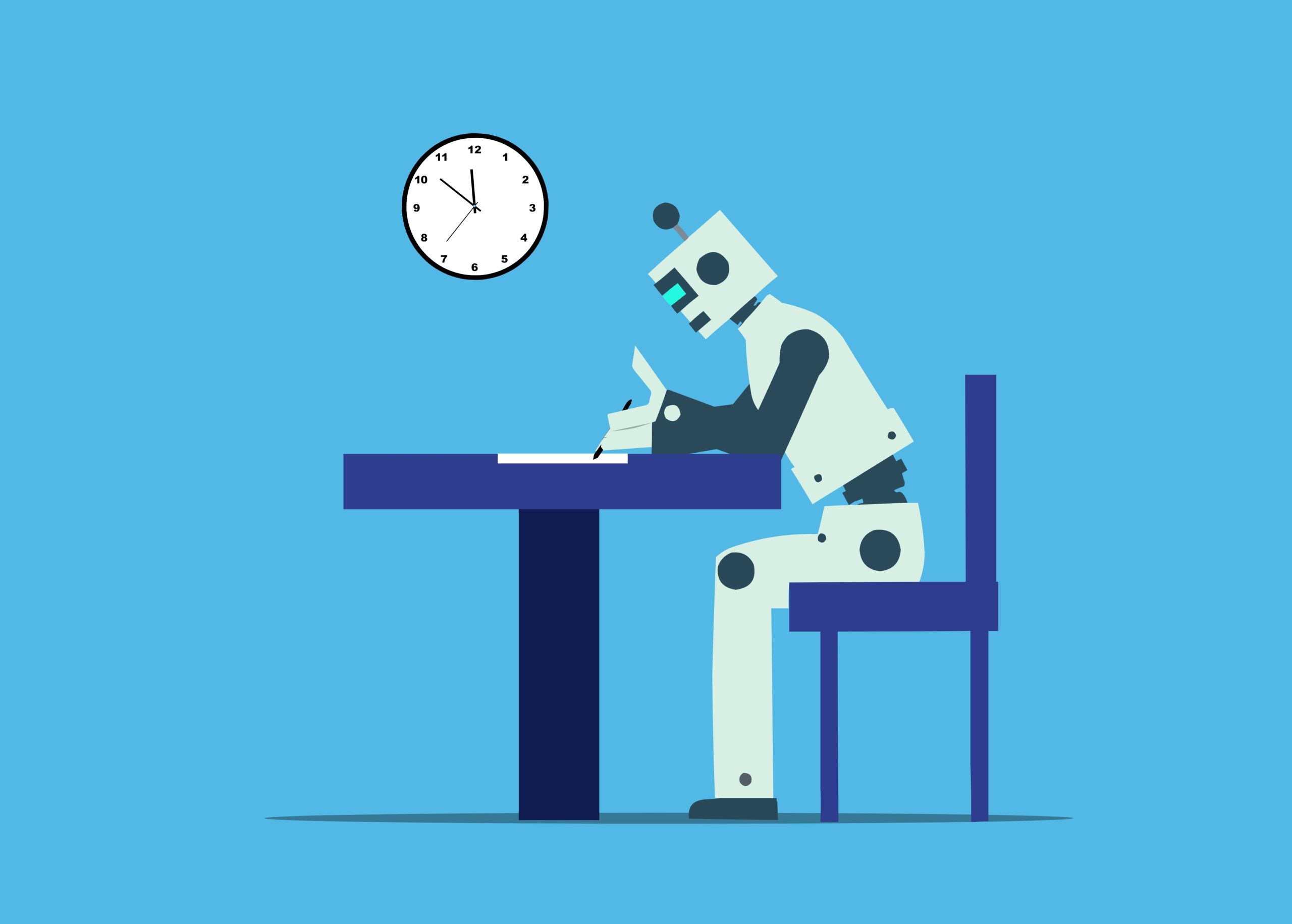Looking back on the Graphic Design Trends of 2024
What are some of the Graphic Design trends of 2024? The year 2024 brought a wave of exciting changes to the world of graphic design. This year, designers pushed boundaries, blending technology and creativity in ways that felt both futuristic and rooted in nostalgia. Here’s a look back at the most significant trends that defined 2024:
Ai-Driven Design
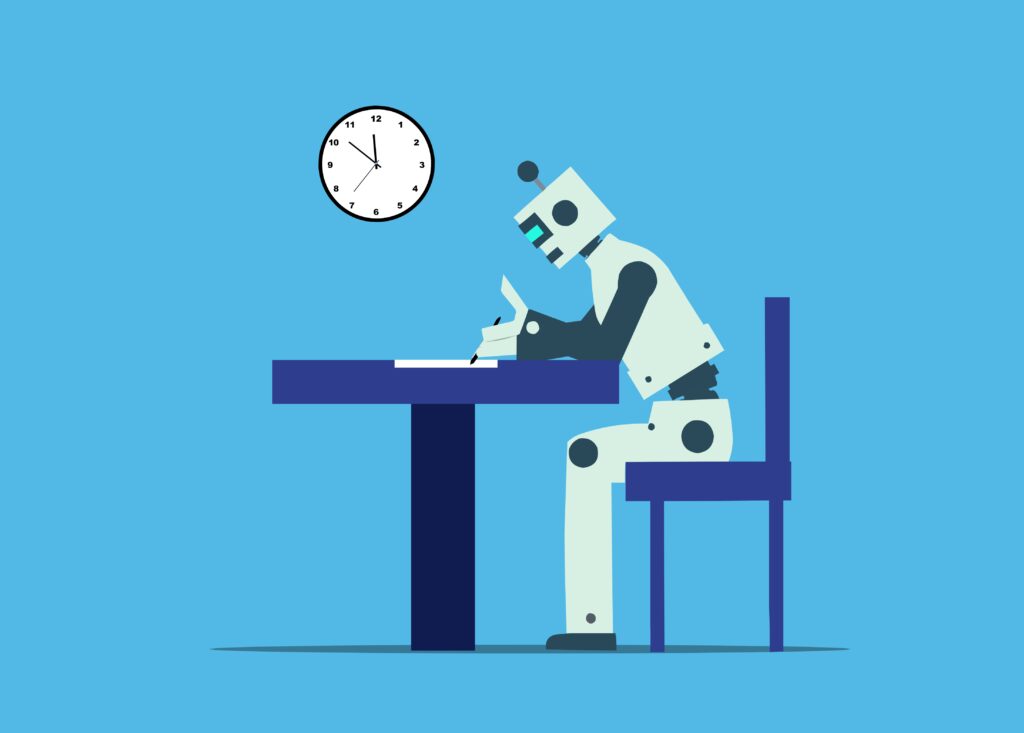
2024 saw artificial intelligence taking on a more collaborative role in design. AI tools became essential in streamlining workflows, generating design variations, and even suggesting entire creative concepts. Designers were no longer just consumers of AI technology; they were active partners, using AI to amplify their creativity rather than replace it. Tools like Adobe Firefly and Midjourney empowered designers to experiment rapidly. They often blend human intuition with machine-driven insights for more efficient and imaginative outcomes.
Biomorphic Shapes
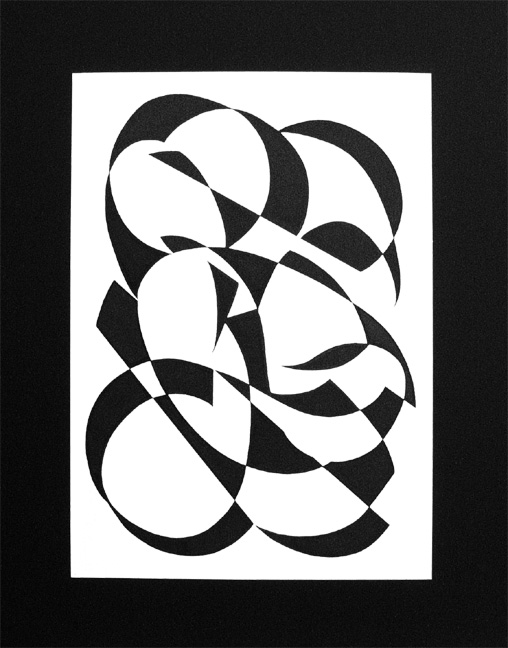
Biomorphism, which focuses on organic and nature-inspired forms, took the design world by storm this year. Fluid, asymmetrical shapes mimicking natural elements like water, plants, and the human body became the go-to aesthetic for web designs, logos, and even packaging. These shapes provided a soft, approachable feel that contrasted with the geometric precision of past years. Designers played with the tension between organic curves and sharp lines, creating compositions that felt alive, dynamic, and rooted in nature.
Motion Graphics Everywhere
Motion design truly came into its own in 2024. Thanks to faster internet speeds and more powerful design software, motion graphics were no longer reserved for high-budget projects. They became a staple of branding, website design, and social media campaigns. Subtle animations—like hovering effects, micro-interactions, and moving backgrounds—were used to capture attention and create a more engaging user experience. The blend of motion with traditional graphic design created layers of depth and interaction, making designs feel more immersive than ever.
Hyperrealism and 3D Design

Three-dimensional design and hyperrealism had a significant moment in 2024, particularly in the world of product visualization and branding. With advances in rendering software, it became easier for designers to create photorealistic 3D models that blurred the line between the real and the artificial. 3D logos, typography, and abstract designs dominated websites and advertising, adding a sense of tangibility to digital creations. Brands also embraced 3D product mockups in their e-commerce platforms, giving customers a more interactive, lifelike shopping experience.
Minimalist Graphic Interfaces
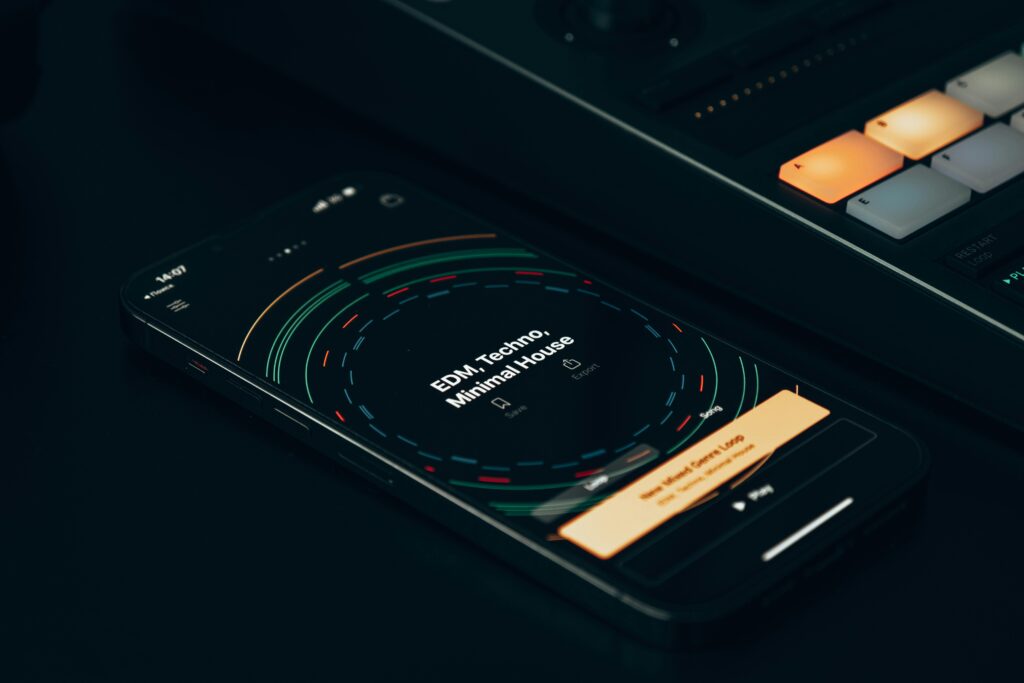
Minimalist UI design remained strong in 2024, emphasizing clarity, simplicity, and functionality. Designers leaned into clean lines, ample white space, and minimal color schemes to reduce cognitive overload and create user experiences that felt intuitive. Typography also played a pivotal role in minimalist designs, with bold, easy-to-read fonts paired with straightforward navigation systems. The less-is-more approach ensured that the digital interfaces of 2024 were accessible to all users, regardless of device or platform.
Sustainable Graphic Design
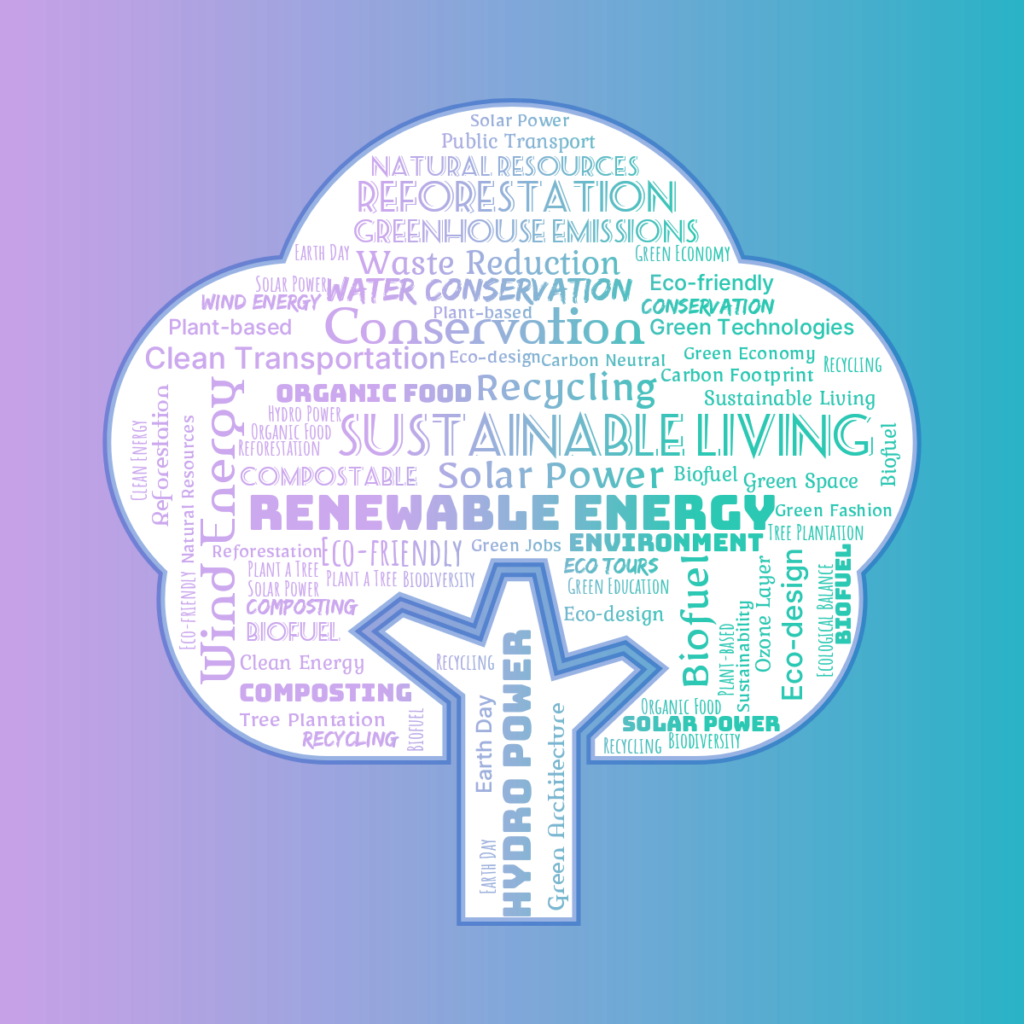
Sustainability in design was not just a buzzword in 2024, it was a necessity. As brands and consumers became more eco-conscious, designers adopted environmentally friendly practices in both physical and digital spaces. This ranged from using minimalistic designs to reduce ink and material waste in packaging to opting for eco-friendly color palettes (like muted earth tones and pastels) that symbolized a commitment to sustainability. The trend extended to digital spaces as well, with designers creating energy-efficient websites that reduced data load, thereby cutting down on carbon emissions from internet usage.
To wrap up with, the graphic design trends of 2024 reflect a year of innovation, where technology and creativity seamlessly merged to reshape the visual landscape. From AI-driven design tools enhancing creative processes to biomorphic shapes bringing nature-inspired aesthetics into the digital space, designers embraced both futuristic and organic elements. Sustainability remained a key focus, pushing eco-conscious practices to the forefront of design. Motion graphics and 3D design further heightened interactivity and realism, while minimalist interfaces maintained simplicity and functionality. As we move forward, these trends will undoubtedly continue to influence and shape the future of design, offering a glimpse into the evolving relationship between technology, creativity, and sustainability.
